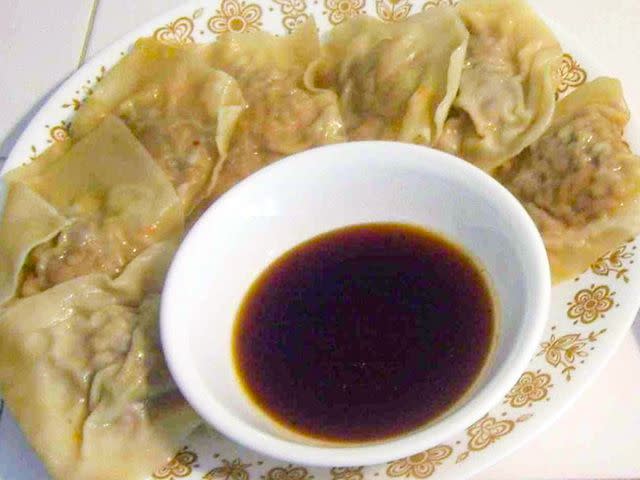The 5 Types of Soy Sauce Everyone Should Know
Here's what you need to know about the most common types of the savory staple.

GETTY/ALLRECIPES
Odds are, you've encountered soy sauce in some way shape or form. Whether as a condiment at a Japanese restaurant or in Korean Japchae, soy sauce is a universally loved and used ingredient. It has a history that goes back thousands of years, and various cultures have their own version of soy sauce.
Soy sauce is derived from a mixture of soy beans, wheat, salt, and a fermenting agent. The fermenting agent is often koji, a type of fungus. Although these ingredients are foundational to soy sauce, there are various types of soy sauce out there that have different measurements and ratios that make them all uniquely different. For example, in my family, we use thin soy sauce which is an umami-forward condiment that is a bit milder than Japanese-style soy sauces.
There are a lot of different types of soy sauce out there, and each type varies greatly on where it is made, but here are some of the most common types of soy sauce that you may encounter:
Common Soy Sauce
When a recipe calls for soy sauce, unless otherwise mentioned, it is typically referring to common soy sauce, or koikuchi shoyu. This type of soy sauce can be commonly found in supermarkets and has a deep salty-umami flavor and thin texture that can be used both in cooking and as a condiment.

Light Soy Sauce
Light soy sauce, otherwise often known as thin soy sauce, is thinner and lighter in color when compared to other darker varieties. Although light and thin soy sauce is most often used in Chinese and Thai cooking traditions, it is still seen in Japanese recipes, often as an active cooking ingredient and not as a condiment. It should not be confused with light-sodium soy sauce.
Dark Soy Sauce
One of the most common soy sauce variants that you see in recipes is dark soy sauce. And before you go substituting it with other types of soy sauce, it’s important to know that it will change the outcome of the dish because dark soy sauce is much richer in flavor and texture compared to other soy sauces. It is fermented much longer, which gives it its slightly sweet taste and an almost molasses-like texture.

Dotdash Meredith Food Studios
Sweet Soy Sauce
Often interchangeable with dark soy sauce (especially dependent on the manufacturer), sweet soy sauce is sweeter and darker in color and flavor than most other varieties. This type of soy sauce is often thicker and richer, thanks in part to the addition of a sweetener (most commonly caramel or molasses). In addition to adding a distinct taste to recipes, it also is known for adding a deeper color to an array of noodle, meat, and rice dishes.
Tamari
Although tamari is not technically a soy sauce, it is still in the soy sauce family because it is the liquid byproduct made during the miso-fermentation process. It has all the same ingredients as soy sauce, without the addition of wheat, making it a common soy sauce substitute for gluten-free and gluten-sensitive folks.
Read the original article on All Recipes.

 Yahoo Lifestyle
Yahoo Lifestyle 
